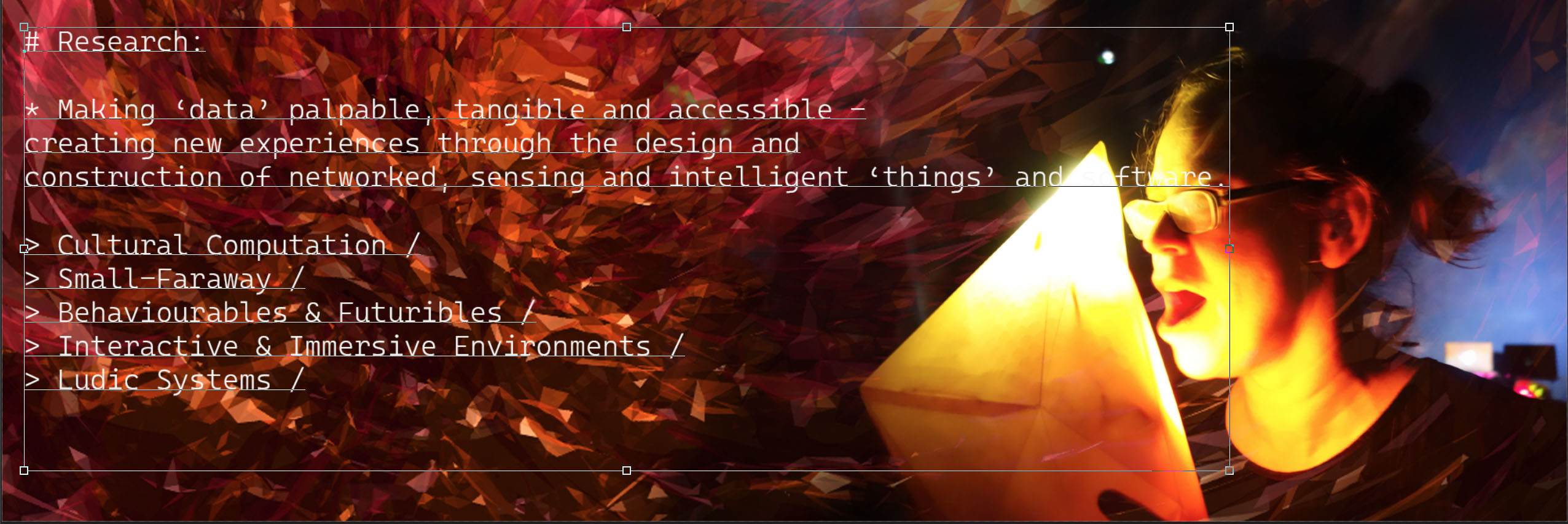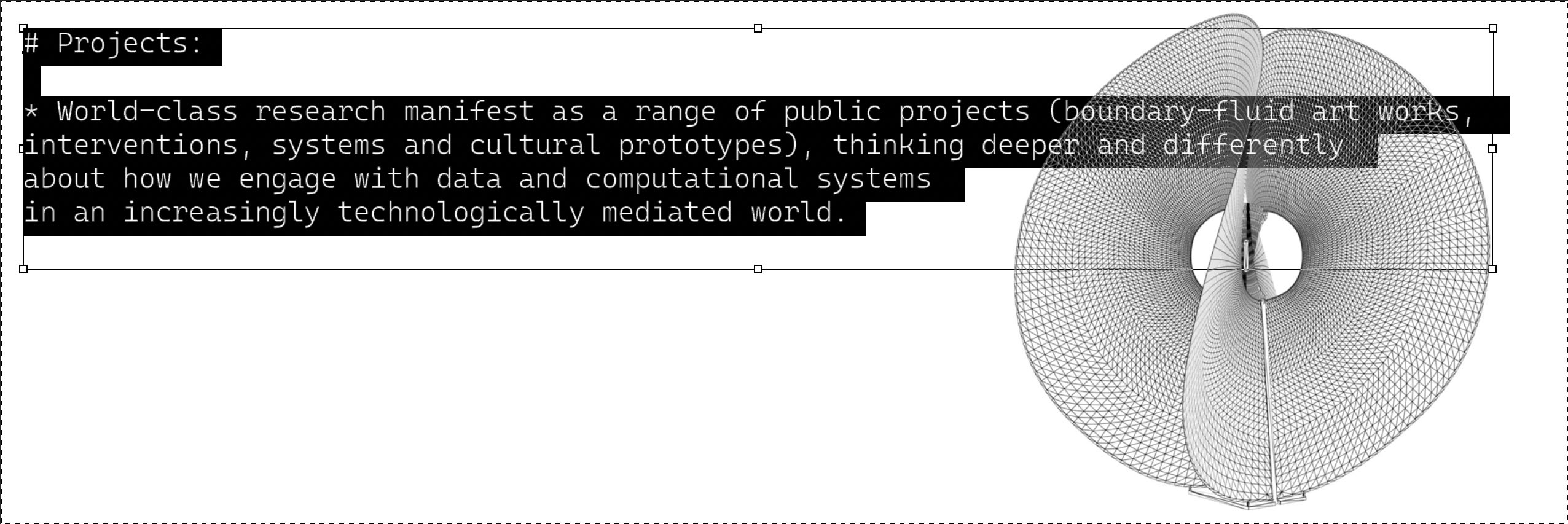
Confluence is a new arts, technology and environment project being delivered by partners Beaford Arts, the North Devon Biosphere Foundation, Appledore Arts and University of Plymouth’s i-DAT (Institute of Digital Arts and Technology).

The project artists, selected following a national application process, are working with schools and communities along the River Torridge in North Devon which lies within North Devon’s UNESCO Biosphere Reserve. Using environmental data collected live by devices developed by i-DAT the four artists – Simon Ryder, Simon Warner, Jon Pigott and Antony Lyons – will work with ten schools and on their own creating new artwork inspired by various sites along the river.
The ‘Confluence Project’ developed a core networked sensor system based on the Xbee, around which various sensors (flow, light, temperature, movement) were integrated. These ‘Ecoids’ were model ‘provocative prototypes’, networked instruments for harvesting data in order to enhance our understanding of the world. They do this not through an algorithmic definition of what certain values (temperature, luminosity, humidity, flow and turbidity) actually mean, but through a negotiation of what the environment really feels like.
Eco-OS provided a substrate for the ‘Confluence Project’, through the use of open source hardware and software to build environmental monitoring and remote, networked sensing devices – ‘Ecoids’ (xbee, arduino, sensors), mobile phones, tablets and computers. It deploys software for data capture and broadcasting through the Internet (processing, HTML, RSS, databases) and the integration of data harvested from the environment into platforms such as Google maps and other API’s.

Ecoid Assembly Line.

Ecoids.

Ecoid 3 Data Feed.

Ecoid Dashboard.

Ecoid Geo-Location.

Game Engine Height Map.

Real-Time Ecoid Feeds to Confluence Game Engine.
Once captured, analysed and parsed this raw material can be visualized and sonified through traditional audio/video and image manipulation, screens, web pages but, more interestingly, through FullDome environments. These new forms reveal the ‘temporal’ ebb and flow of environmental factors and manifest the ‘invisible’ fabric that allows us to ‘feel’ things that normally lie outside of our normal frame of reference. Installing remote sensors in the landscape may be common practice within the Earth Sciences. However, these industrial instruments are normally significantly expensive industrial weather stations that collect data from a focused area. The data collected may well be calibrated to professional scientific standards, but at the same time it brings with it an ‘institutionalized’ model of the environment, a non-negotiable model that can be difficult for the inhabitants of an environment to understand and ‘own’. The ‘Confluence Project’ offered a different model, something that was totally negotiable, participatory and thoroughly owned by those that contributed. The creative outputs made the environment understandable, highly relevant and empowering.
Through the manifestation of material, immaterial and imaginary worlds Confluence brought the ‘Landscape’, which is by definition, unreachable and out there, just a little closer …

Aqua-Ecoid – flow and turbidity.

Fulldome and Confluence Exhibition.

Fulldome Productions.
Confluence and Data Ecology are published in Ubiquity: The Journal of Pervasive Media Volume 1 Number 2
© 2012 Intellect Ltd Miscellaneous. English language. doi: 10.1386/ubiq.1.2.244_7




You must be logged in to post a comment.